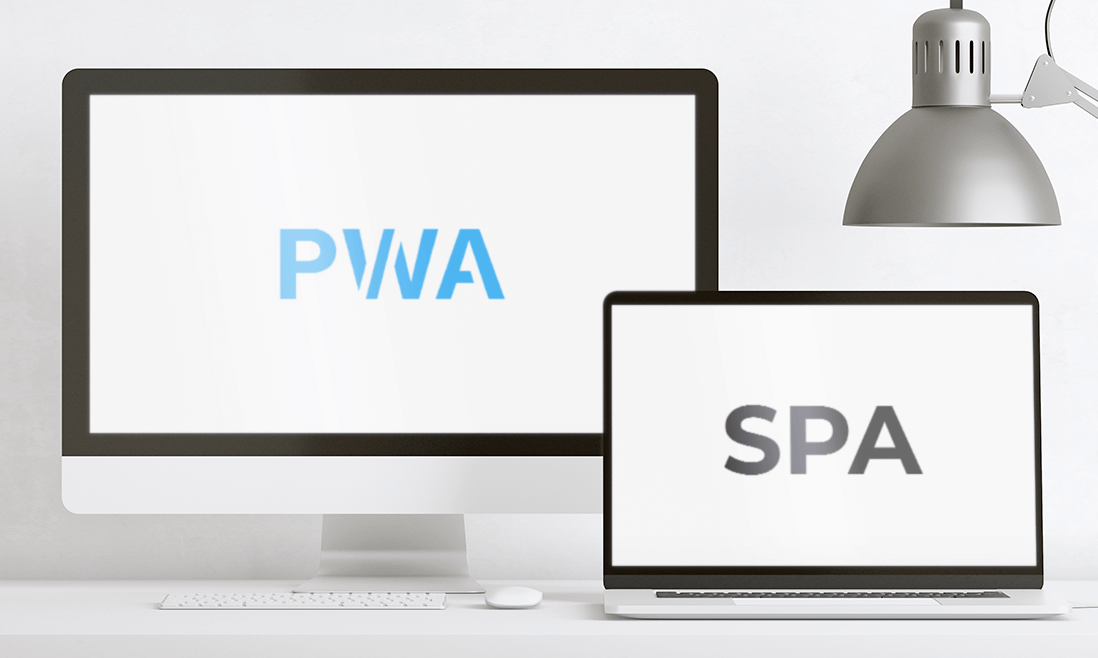In the digital age, running an online business with just a traditional website is like going to a gunfight armed with a rubber duck. It’s cute, but it’s not going to help you win.
Both PWAs and SPAs are powerful technologies that can revamp your web interface and supercharge your page loading speed. But how do they work? And crucially, which one is the better choice?
The stakes are high. As a site owner, a lack of knowledge could lead to costly blunders. So, it’s time to delve into the nitty-gritty of PWAs and SPAs. Let’s dissect their features, understand their similarities and differences, and uncover which digital solution might just save your online business. Brace yourself – it’s about to get technical.
Contents
What Are SPAs?
Single Page Application (SPA) is basically a single-page web app written in Javascript running in the web browser and doesn’t need a page refresh to show new information. In other words, as the users visit the website, the application and the presentation resources are loaded into the browser.
Then when they navigate through the website, only the contents that need updating will be re-rendered and altered, while the rest of them remain as they are. This will lead to faster interactions and improve user satisfaction by cutting the time spent on traditional round trips between the browser and the server.
SPA has long been seen as a disruptive technology in eCommerce. There is a chance that you had used SPA before but didn’t realize it. Many large companies have chosen this web type as the framework of their websites such as Netflix, Gmail, and Facebook.
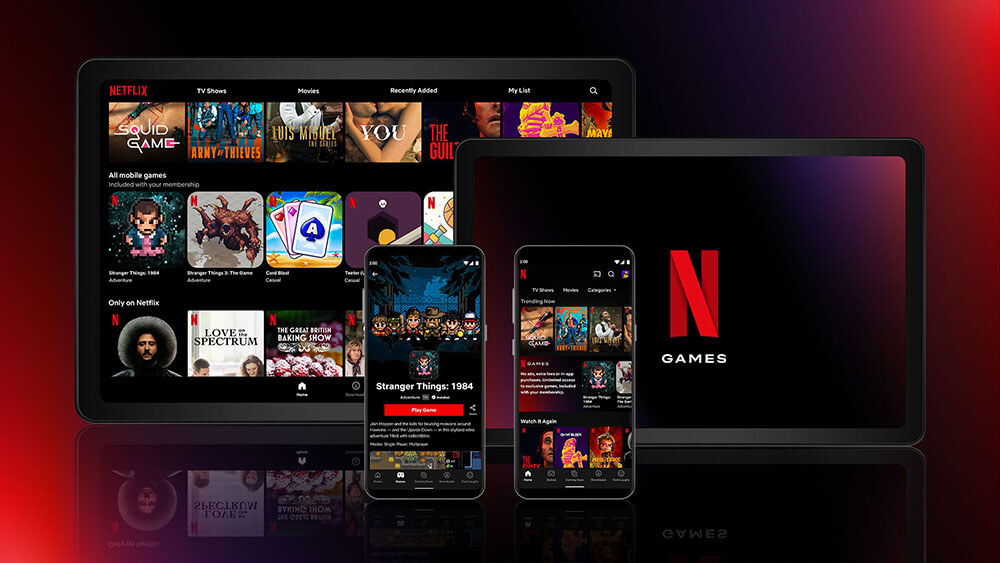
For Single Page Apps, its architecture requires technology on the client side and technology on the server side. The programming language for this app is also mainly the common web code (HTML, CSS, and JavaScript). And especially, as mentioned in the definition heading, customers need to load all necessary code for the operation only once.
How Do They Work?
When users visit the website for the first time, the browser will load the application and presentation resources. After that, whenever users click elsewhere, only relevant and necessary contents are altered and rendered. In other words, instead of loading a whole new page from the server, SPAs interact with users by updating the current pages.
A website usually has a lot of repeating content, so a SPA takes advantage of it. The app shell, such as the layout’s header, footer the sidebar, remains visible in the browser, whereas other contents and elements which need updating will be retrieved and rendered. Without the traditional round trip between the server and browser, the site loading speed is a whole lot faster.
Advantages of SPAs
1. Boost the site speed
The most obvious advantage of a SPA is how it can fasten the site loading speed. After the first time visiting the site, all HTML and CSS (presentation resources) are downloaded right at the beginning.
That explains why a SPA loads much faster than a traditional website, as only new and necessary content will be sent. The ability to interchange quickly makes SPAs the perfect solution to sites that are highly navigated and full of repeating templates.
2. Improve the user experience
Besides boosting the site speed, SPA also helps improve the overall user experience. It responds much faster to users’ requests and makes potential customers less frustrated with the page load process.
3. Store cached data locally to allow offline functionality
A great thing about single-page apps is that they have cached all data they receive and stored it locally since the initial request. This will allow a SPA to continue to function even in poor or no network conditions. When users reconnect with the internet, SPAs will restore their full functionality. Moreover, it can rapidly display the changed data without having to refresh the page.
Disadvantages of SPAs
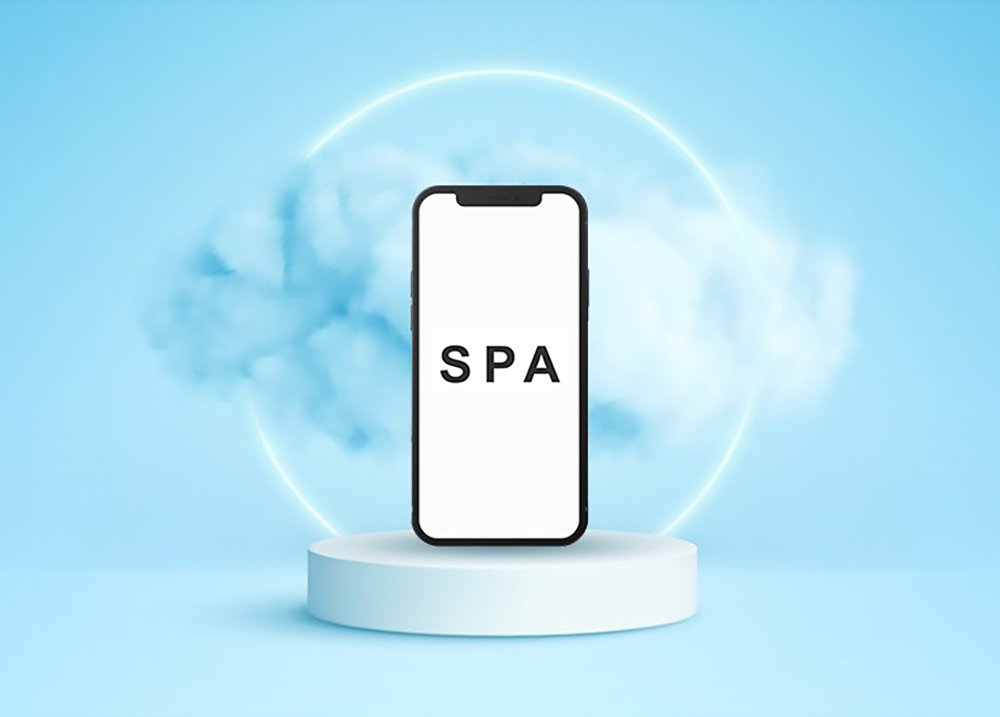
1. Have a much slower first load
A SPA significantly puts more load on the browser, leading to the fact that it has a much slower first-page load speed than a traditional website. This may not seem like a problem at first, but in fact, it is a big problem. If the users’ devices are not so powerful, they will experience plodding loading speed and may become frustrated after a long wait.
2. Run the risk of memory leaks
SPAs’ event listeners can cause a leak of memory on users’ devices. The longer a SPA runs, the worse memory leaks become since Single Page Application is a page that rarely reloads. Therefore, make sure that your SPA consumes just the right amount of memory, or the pleasure of fast page loading speed will be gone.
3. Face up with some security issues
SPA can be attacked by hackers because of its cross-site scripting and the fact that it does not reload new pages. By making use of cross-site scripting, hackers can access the site and put on new scripts into the client site. The disclosure of sensitive data will not only have a negative impact on users but also on the business and the site itself.
4. Have trouble with SEO
One of the biggest problems when using a Single Page App is SEO. To be more specific, Search Engine Optimization depends mostly on HTML content, and a SPA has fewer pages with unique URLs, and keywords lead to a lower rank of the site. This is a big issue for any eCommerce business since SEO is essential to help customers discover a company’s website or products.
5. Have no way to go back or forth
As mentioned above, instead of loading the entire page and updating the URLs, a SPA alters necessary content. The way a SPA works leaves no browsing history that allows users to go back and forth.
For example, when a user clicks the ” back button”, this step would take them back to the previous page or out of the app instead of the previous state of the app. Doing this can make customers feel frustrated with the website and may stop using it.
What Are PWAs?
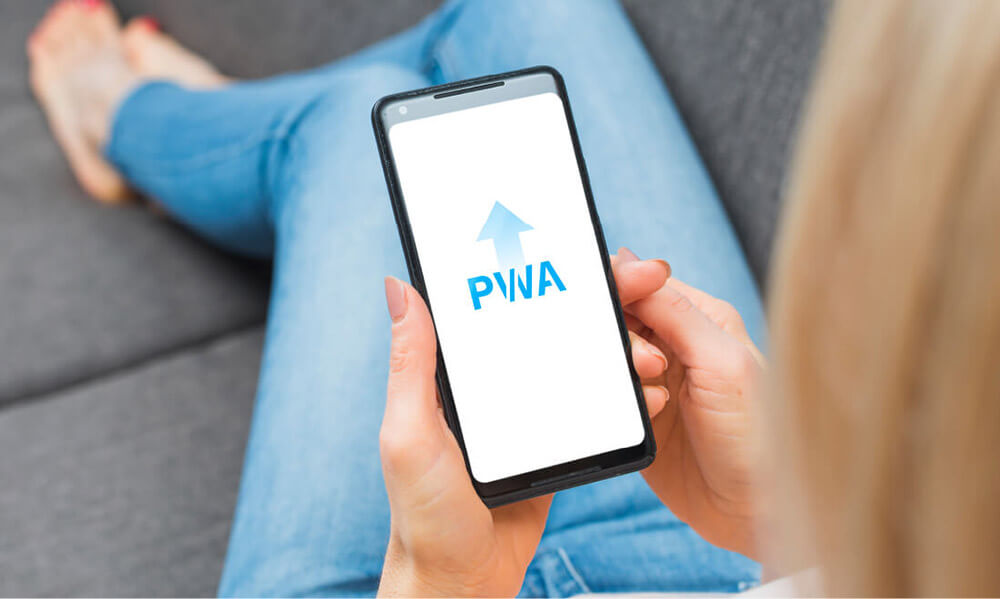
Progressive Web Application (PWA) is a type of application software that uses the web for distribution. A PWA is still a website. Its codebase is written in popular web programming languages like HTML, CSS, and JavaScript.
However, it still looks exactly like an application. Users can even download it from websites or app markets to the home screen. We have an entire article about successful examples of progressive web apps if you want to learn more about this topic.
In essence, a PWA is also a website. It is built using web programming languages like HTML, CSS, and JavaScript. However, it does have some progressive enhancements:
- Service Workers: This upgrade is the source of many unique PWA features, such as offline mode, push notification, and automatic updates.
- Web App Manifest: This JSON file contains the necessary data for the PWA. You can use the PWA manifest generator to generate those files automatically.
- HTTPS: This makes sure the PWA is always built from a secure source. It is also an important indicator considered by search engines.
Three basic things when talking about PWAs are that they are fast, reliable, and engaging. Therefore, in order for a website to be considered a PWA, it must meet at least three requirements:
- It must be served through HTTPS to make the web secure by default and the online shopping experience safer.
- It has a valid web manifest file
- It registers a service worker with a fetch event handler
Advantages of PWAs
1. Have an app-like look and feature
At present, there are a lot of mobile users and they tend to prefer applications to websites when it comes to shopping online. It is easy to understand since an application is mobile-friendly, has a more attractive interface, and can operate without requiring an internet connection.
Combining the best features of both an application and a website, a PWA can offer users advanced satisfaction. A PWA brings customers the exact look and feel as they are using a native app while helping the site rank since it is still a website and SEO-friendly.
2. Provide a fast and easy installation
If users want to install PWA, they need to click on the “add to home screen” button right from the website without going to app marketplaces like Appstore or Google Play. Like a native app, a PWA has its own icon on the home screen, and users click on it to access the app. This saves users from some frustrating and time-consuming steps to download the app and possibly improves user experience.
3. Feel safer when shopping online with enhanced security
PWAs use HTTPS to provide more data safety and minimize the risk of issues related to security when shopping online. Thanks to HTTPS, customers can feel free to shop online without worrying about man-in-the-middle attacks.
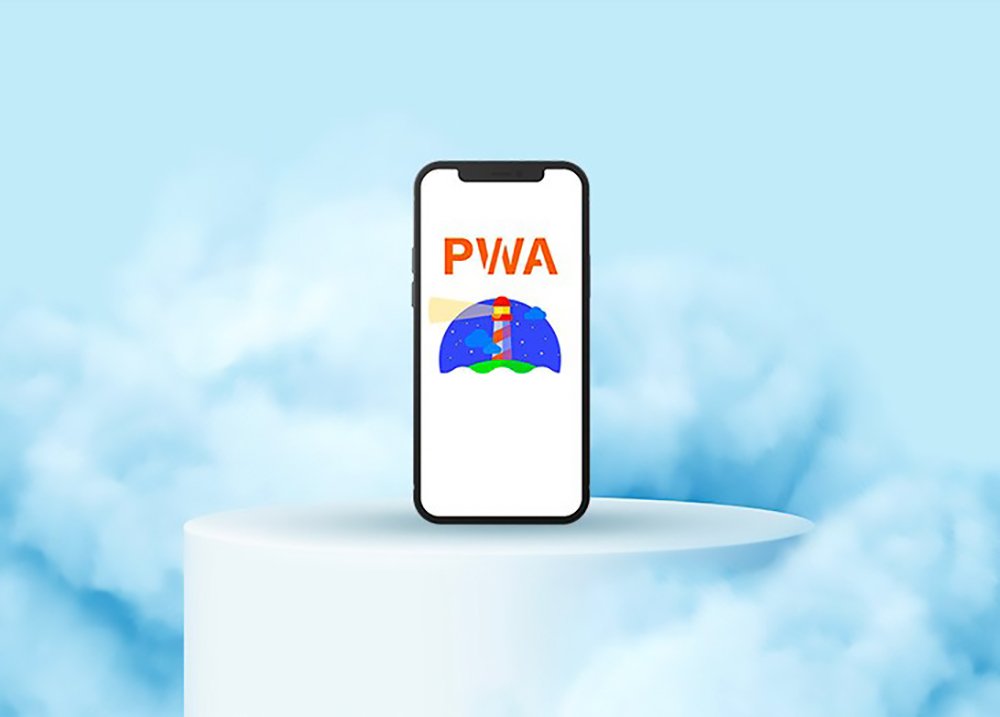
4. Create Better Engagement
PWAs do a great job in decreasing loading time when PWAs’ average loading time is 2.75 seconds. Thanks to PWAs’ unique features, users can add them to the screen and tap on the icon to open and use them, just like a normal app. Also, PWAs are well-known for being reliable and responsive, with the ability to increase customer engagement. It is easy for users to navigate across sites and pages in the app.
Besides, the PWAs on users’ home screens significantly increase the chances of customer interaction and engagement. Merchants can re-engage customers’ attention by using the help of push notifications.
5. Can be accessed in poor internet conditions
Unlike a traditional website, PWAs can display content perfectly when the internet connection is limited or even when there is no internet connection at all. It works because when a user visits a PWA, the content is saved. The next time the user opens the app when there is no internet connection, the app will show an offline page based on the date of the previous access.
Disadvantages of PWAs
1. Not get full support on iOS devices
PWAs are not compatible with old iOS devices. However, since iOS 13, this problem has been fixed, and PWAs can run smoothly. Therefore, this is not much of a big problem anymore.
2. Have fewer functionalities than a native app
There are some features that PWAs do not have or fully support. For example, users can not access their Bluetooth or contact numbers when using PWAs. This will not be a big problem unless users need to make use of the devices’ hardware.
3. Use more battery
PWAs usually consume more battery than a normal website because the devices have to work harder to interpret the complex codes written to create PWAs.
PWA vs SPA: Side-by-side Comparison
PWA and SPA are both advanced versions of websites and web apps. Although they still have the core of web technology, they have had specific improvements in terms of technical structure. This helps them have a much more efficient operation and performance.
The most significant difference between PWA and SPA is their structure. As stated in the first part, the PWA owns the service workers, app manifest, and HTTPS. Therefore, it has various app-like functions, high speed, and good security.
In addition, because of this structure, the speed of PWA is always slightly higher than that of SPA. This is not only because of the app speed but also because of the display and loading process. PWA contents are always visible almost instantaneously.
Alternatively, the PWA can be distributed through the web. In other words, users can download it to their device through the website or the app market. Meanwhile, SPA can only run directly on websites through the browser.
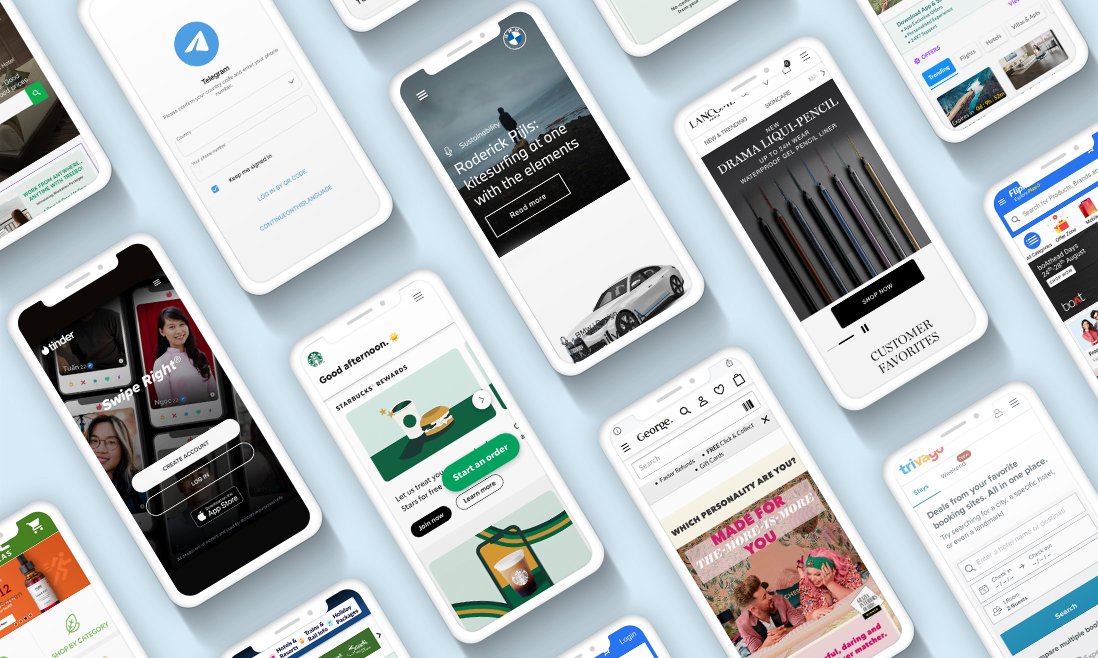
Development costs
In terms of price, the strength of SPA cannot be denied. Despite being a technology with many particular strengths, the cost of SPA building is not expensive but entirely reasonable, only about $1,500 to 12,000 for an application.
The budget you need to prepare for a PWA is usually larger than that of a SPA. The price ranges from $2,000 to $20,000, depending on complexity, staffing costs, etc. This difference is understandable since PWA owns a lot of advanced technology upgrades. Those enhancements give PWA a lot of unique capabilities that support the enterprise’s business process.
User Experience
PWA takes the cake when it comes to enhanced user experience.
Although both SPA and PWA have an app-like appearance, PWA still provides a more practical, convenient, efficient, and valuable experience.
PWAs have many advantages in terms of functionality. It allows users to interact more with the application. They can also become more engaged with the brand by receiving push notifications. In addition, the app availability when the user’s connection is poor also helps PWA score more with users.
Besides the advantage in functionality, PWA also has strengths in speed. PWA’s fast interface results from app speed and loading process optimization. The app will always load the elements that the customer is interested in first (photos, content, etc.), making the app appear to load faster than its actual speed.
Finally, SPA is often incapable of providing effective UX/UI on eye-catching web pages. Therefore, this technology is usually preferred with more data-driven websites (Gmail, Facebook). However, often sales websites need to be eye-catching to attract users. As a result, this is a minus point of SPA.
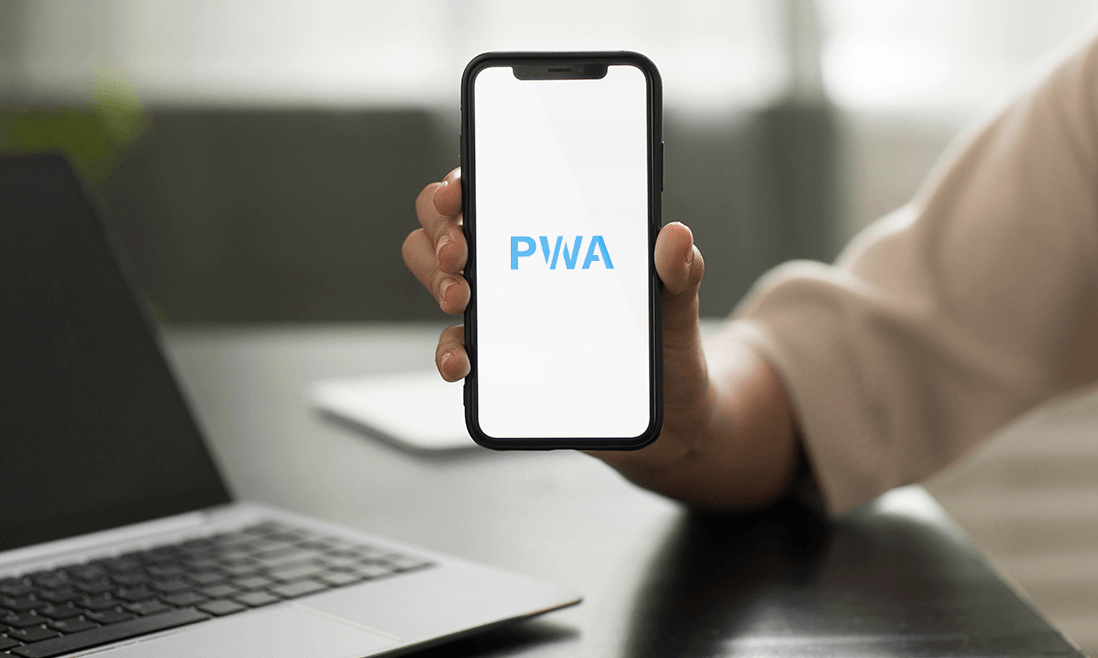
Security
Security is always a topic of interest to customers. In today’s developing technology era, personal data has become one of the most valuable assets of users. Search engines like Google, Bing, etc., also take security as a determining factor in search rankings.
Although PWA and SPA are both websites, their security capabilities are different.
In particular, SPA has a pretty big problem that many users worry about, which is XSS or cross-site scripting.
In contrast, PWA is more secure because HTTPS is an integral part of its structure. This factor helps protect the privacy and integrity of data when it is exchanged during transmission.
SEO
One of the main benefits of Progressive Web Apps is that they are more SEO-friendly than Single Page Apps. This is because Progressive Web Apps are built using standard HTML, CSS, and JavaScript, whereas Single Page Apps are built using frameworks such as React or Angular. As a result, Progressive Web Apps are easier to crawl and index by search engines.
Accessibility
Single Page Apps are generally more accessible than Progressive Web Apps. This is because they tend to be more responsive and easier to use with a keyboard or a screen reader. Progressive Web Apps can also be difficult to use with a keyboard or a screen reader, especially if they rely on third-party scripts or libraries.
PWA vs SPA – Which One Is Better?
It is hard to expect all customers to download a business’ native app, so it’s important for merchants to provide their customers with an app-like experience.
Comparing Progressive Web Apps vs. Single Page Apps (PWA vs SPA) is not easy with so many different strengths and weaknesses. Each app has its own remarkable capabilities suitable for other business models. However, overall, it seems that PWA is still a more advanced version than SPA.
There are a lot of things you need to consider when integrating a website into PWA, so having a partner who understands all the benefits coming from PWAs and can incorporate them into your business is the key to success.

With over 7 years of experience in PWA development, Tigren can be your perfect partner. If you are in need of converting your website to a PWA, contact us and we can start right away.
Read More:
Progressive Web App Vs Web App: A Detailed Comparison
Difference Between Website And Web App: Time To Take A Closer Look

